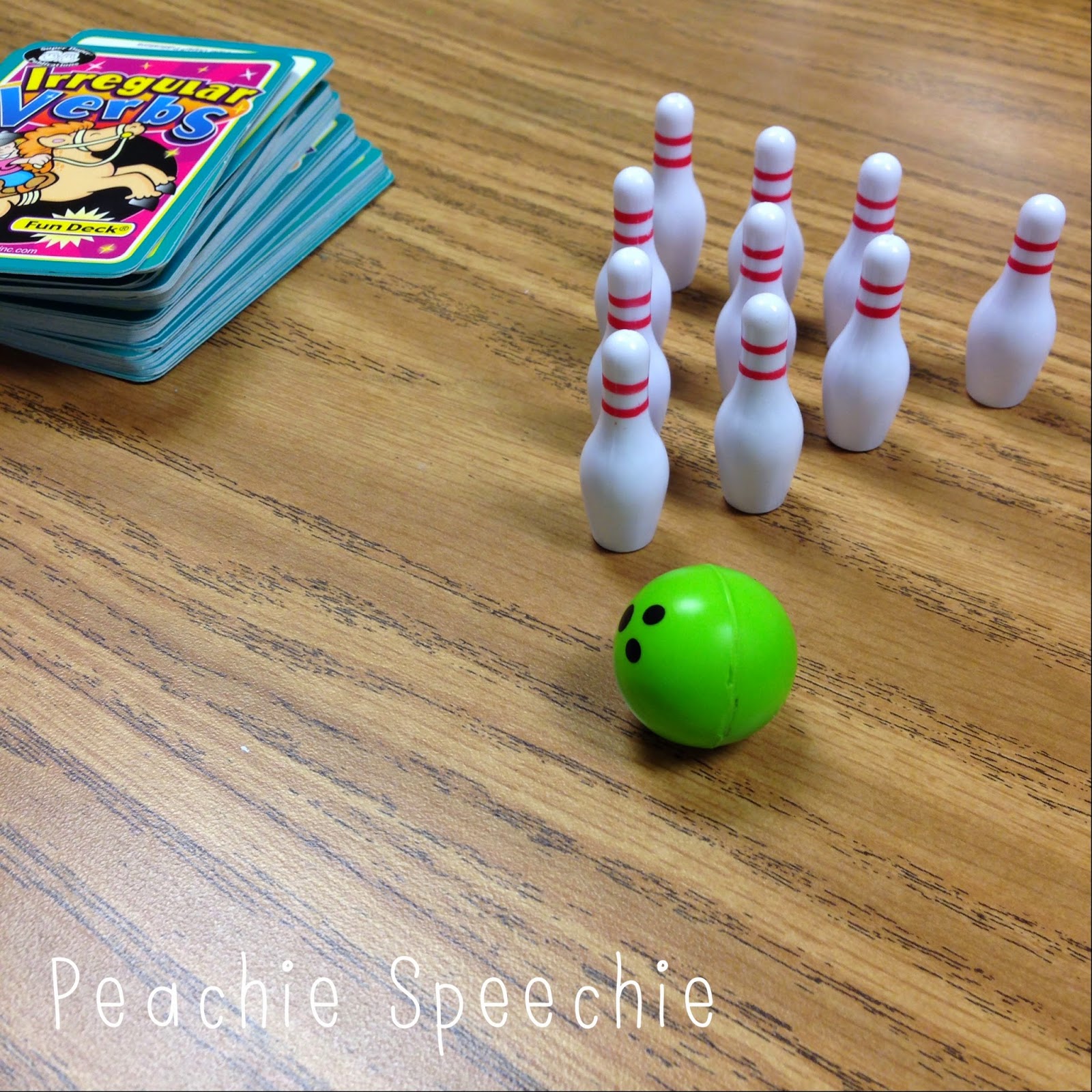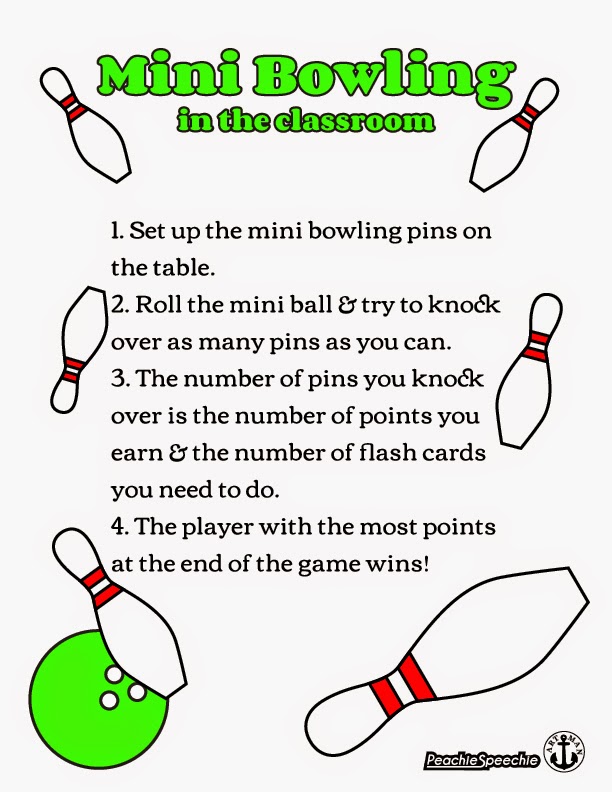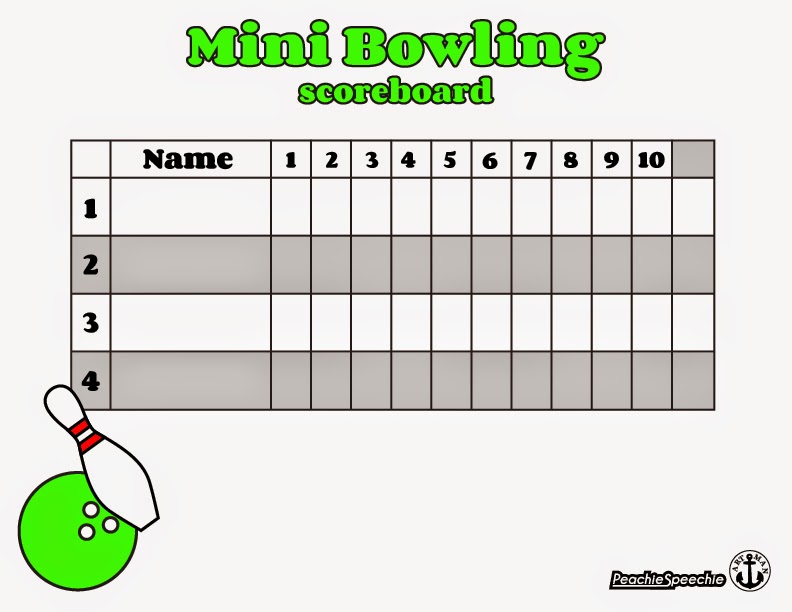We are still working out a few kinks with my blog on the new site. Transferring over blog posts is seeming harder than it should be. All new posts will be on the new site and hopefully the old ones will be transferred over there soon. Please visit my new site! I think you'll like it!
Sunday, June 29, 2014
All New Peachie Speechie WEBSITE!
I recently have switched over to a new site: www.PeachieSpeechie.com ! From now on, I will do my blogging on that site. I have also opened a new Peachie Speechie SLP Apparel online store accessible through my new site. I have t-shirts, tote bags, pins, tank tops, etc. for sale. Check out some screen shots from PeachieSpeechie.com :
Wednesday, June 11, 2014
Kinetic Sand in Speech Therapy
I have always loved using Play-Doh during speech therapy sessions. And clay. And rice. But sand? No way. Sand is messy and in order to build anything with it, it needs to be damp. It has just never sounded appealing to me to lug sand into the speech room and probably end up staying late at work trying to vacuum it out of my classroom carpet. But then I discovered KINETIC SAND. This stuff is incredible. This stuff is not messy. This stuff is tons of fun. This stuff needs to be in your speech room.
So, what is kinetic sand? Kinetic sand is 98% regular sand and 2% polymer (polydimethyl siloxane). The polymer part is the same kind of thing that is in silly putty. It makes the sand have a slow-motion, stretchy, flowing, movement to it. And it isn't crumbly like sand. It kind of sticks together. And it doesn't get your hands dirty/dusty at all. And it is super super easy to clean up! Geekologie has a great video about kinetic sand you can view here.
Kinetic sand is very easy to shape with molds or cookie cutters. It is also easy to roll up into a ball. It flows through your fingers with almost the consistency/flow of a milkshake and almost looks liquid like when is spreads out on the table. As I'm writing this I am finding that it is a little tricky to describe the awesomeness of kinetic sand.
When I first experienced kinetic sand, it was on display at the mall. Brookstone had it in a large box outside of their store. After playing with it for two minutes, I bought a canister of it for each of my three children. At home, the kids and I can play with this stuff for an entire morning. After seeing how easy it is to clean and how much fun it is to touch, I knew that I needed some in the speech room.
Now, occupational therapists have apparently been using kinetic sand for a while because it is such a cool sensory activity. In fact, ARK Therapeutic sells it and describes it as a "wonderfully calming sensory experience". Indeed, it is.
So, what can you do with it in speech therapy? Here are some of the ideas I had:
1. Bring the beach into speech! Pour the sand into a shallow pan or box and add beach-themed items. Have students describe these items (hey, pull out the EET strand and use that along with this activity!). Or, target following directions as you instruct students how to place the items in the sand.
I bought some decorative toothpicks and mini flip flops at Party City for this activity.
2. Use in place of Play-Doh on word mats. Or, just have students form words with their target sound out of the sand. You could even get letter-shaped cookie cutters for this! Letter cookie cutters would be the best. I am probably going to order some.
3. Find-a-sound. I know lots of SLPs that bury things in sensory bins for students to find. I've done this with rice and it was fun. But I've found everything is even MORE fun with kinetic sand so just start burying stuff in it and start having a good time. To be extra beachy, I buried nothing but flip flops during one session. The kids had to find pairs (matching colors).
It is important to note that kinetic sand is NOT the same as "moon sand". I am not a huge fan of the way moon sand feels. It isn't as fluid and stretchy as the kinetic sand. There is an unbiased side by side comparison video on YouTube if you're interested.
Where can you get your own kinetic sand? As I mentioned earlier, ARK therapeutic sells it. I got mine at Brookstone. I've also recently seen it a Michaels.
Here is the kind I have (from Brookstone):
Here is a picture of the kinetic sand I saw at Michaels:
I am looking forward to hearing if any other SLPs use kinetic sand in therapy. If so, what do you do with it?
Friday, June 6, 2014
Donut Day!
Today is National Donut Day! Many donut shops are giving away free donuts or having special promotions so I thought it would be a good day to post a little review for one of my favorite speech therapy games. The game is simply called "Donuts!" and I ordered it on Amazon.
I want to mention that the game comes with dice and an option to play by rolling the dice to see which donut to stack. I prefer to play without the dice. I play by having my students put all of the donuts face up on the table. Then, they take turns describing a donut. When their partner guesses which donut is being described, they stack that one on the mug and pass the tongs to the next player. It is an easy way for me to target describing/adjectives, and articulation in the same group.
The box is cute, but there is a giant hole in the front which makes it kind of difficult to re-pack and put away neatly. Perhaps I should have saved the cardboard inserts that came with the game and that would have helped with re-packing it.
I want to mention that the game comes with dice and an option to play by rolling the dice to see which donut to stack. I prefer to play without the dice. I play by having my students put all of the donuts face up on the table. Then, they take turns describing a donut. When their partner guesses which donut is being described, they stack that one on the mug and pass the tongs to the next player. It is an easy way for me to target describing/adjectives, and articulation in the same group.
The box is cute, but there is a giant hole in the front which makes it kind of difficult to re-pack and put away neatly. Perhaps I should have saved the cardboard inserts that came with the game and that would have helped with re-packing it.
The box makes for an excellent spot for my cat to hang out while I write this review, though. Check out the cuteness:
So, back to the game. It also comes with a little board that lists all of the donut types. This
makes for a cute little matching activity. Match the plastic donut with it's picture! I have also used this little board by pretending it is a menu. The students practice their speech sounds by ordering donuts off this menu and I give them the donut that they ordered.
This game is QUICK! Quick to set up, quick to play, and quick to clean up. This makes it great for speech sessions and also great for a little end-of-session treat or brain-break.
Happy National Donut Day! Hope your day is speech was extra sweet!
Wednesday, June 4, 2014
Honeycomb Speech
Are your students obsessed with the "Don't Break the Ice" game? Of course they are. All speech students seem to love it. Have you played it at least once per week for the past four years? I have! And I was delighted to find a very similar (yet different!) game recently called Honeycomb Game. Because I would seriously like to play something else. Instead of knocking out pieces of ice, you are knocking out pieces of honeycomb. You don't want to let the bee fall. I love how scared the little bee looks! Way cuter than that skating bear.
I made some articulation practice sheets to accompany this fantastic new game.
You can find them for free in my TpT store. I just put the practice sheet in a sheet protector, set it in front of the student, and they say the words as they play the game.
Sounds for these practice sheets include:
Initial /r/
Final "er"
Initial /l/
Initial /s/
Initial s-blends
I have also included a blank sheet so you can make your own.
What is the game of choice in your speech room?
I made some articulation practice sheets to accompany this fantastic new game.
You can find them for free in my TpT store. I just put the practice sheet in a sheet protector, set it in front of the student, and they say the words as they play the game.
Sounds for these practice sheets include:
Initial /r/
Final "er"
Initial /l/
Initial /s/
Initial s-blends
I have also included a blank sheet so you can make your own.
What is the game of choice in your speech room?
Monday, April 28, 2014
Mini Bowling in the Speech Room!
I found an cute little finger bowling kit at the checkout at Old Navy. I knew that my students would like it, so I bought it and made a little speechie activity to accompany it. You can find the mini bowling sets a few places - Party City, is another place that carries them.
Mine looks like this:
Mine looks like this:
The activity I came up with is pretty simple. The student's take turns rolling the ball and knocking over the pins. The number of pins they knock over is the number of points they get, and also the number of speech cards they have to do. I just set a pile of flashcards on the table and they drew however many they needed.
The directions page and the mini scoreboard I designed are free in my TPT store for anyone interested in using them in their classroom.
I'd love to hear any other ideas you may have for using this mini bowling set in the speech room! My students really like it, so I am planning on picking up another one next time I am out shopping.
Thursday, April 17, 2014
Feed the Bunny
I linked up for Friday FreeBEES to share this springtime freebie with you!
I use basic reinforcement activities in the speech room all the time. I love them because I can use them with all of my groups - they are easy to use with any learning target! My current springtime favorite is my Feed the Bunny freebie!
My students feed the bunny carrots after completing assigned tasks (saying a speech sound, using a verb in a sentence, completing 3 questions on a worksheet, whatever.) I can keep this bunny on my table all day and just switch out the specific worksheet/card decks as different groups come in.
To make your own Feed the Bunny game, you'll need a container (I used an oatmeal container, but a tissue box or cereal box would work well also) and some hot glue in addition to the free download.
"Hoppy" Easter!!! :)
I use basic reinforcement activities in the speech room all the time. I love them because I can use them with all of my groups - they are easy to use with any learning target! My current springtime favorite is my Feed the Bunny freebie!
My students feed the bunny carrots after completing assigned tasks (saying a speech sound, using a verb in a sentence, completing 3 questions on a worksheet, whatever.) I can keep this bunny on my table all day and just switch out the specific worksheet/card decks as different groups come in.
To make your own Feed the Bunny game, you'll need a container (I used an oatmeal container, but a tissue box or cereal box would work well also) and some hot glue in addition to the free download.
"Hoppy" Easter!!! :)
Monday, April 14, 2014
EGGspected and unEGGspected Behaviors Activity
We have been talking a lot about expected and unexpected behaviors in my speech room lately. With Easter coming up, I have been using plastic eggs a bunch - putting artic words in eggs, putting verb cards in eggs, having students describe eggs.... I knew I wanted to make something especially for my pragmatic language groups as well. This is what I came up with:
The game I created is called How Do You EGGspect me to feel? It includes 12 little scenarios that students have to read. After they read the scenario, they have to state (1) how the characters feel and (2) whether the character's behaviors were expected or unexpected.
To make the same thing in your classroom, you will need a dozen plastic eggs (I got these silly faces eggs at Michael's), an empty egg carton, and the free download from my TPT store.
I like the clear egg cartons, but the regular cardboard cartons can be cute too - especially with a little paint:
The download also includes a sorting activity. Students sort egg cards into piles of EGGspected and unEGGspected behaviors. I didn't have time to get a picture of it in action today, but it is pretty cute too.
I hope your Easter season is EGGcellent!
The game I created is called How Do You EGGspect me to feel? It includes 12 little scenarios that students have to read. After they read the scenario, they have to state (1) how the characters feel and (2) whether the character's behaviors were expected or unexpected.
To make the same thing in your classroom, you will need a dozen plastic eggs (I got these silly faces eggs at Michael's), an empty egg carton, and the free download from my TPT store.
I like the clear egg cartons, but the regular cardboard cartons can be cute too - especially with a little paint:
Since I am always looking for ways to tie articulation practice into my language activities, I made sure that this one could easily target the /r/ sound. All of the characters in the scenario cards have names that begin with /r/. Perfect for mixed groups of artic and langauge kiddos.
I hope your Easter season is EGGcellent!
Subscribe to:
Comments (Atom)




























